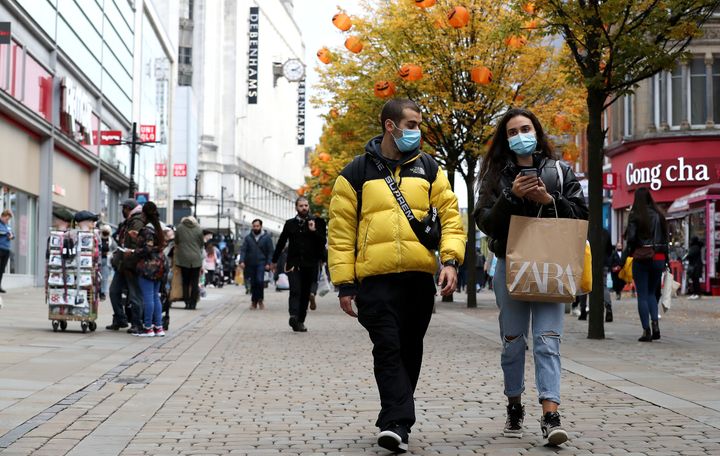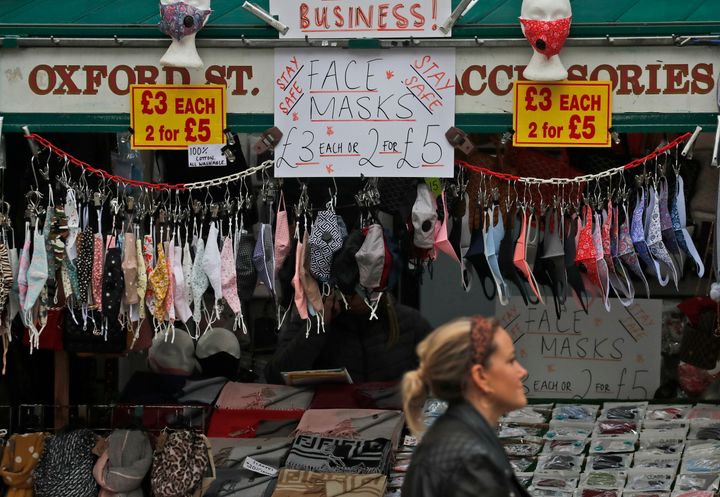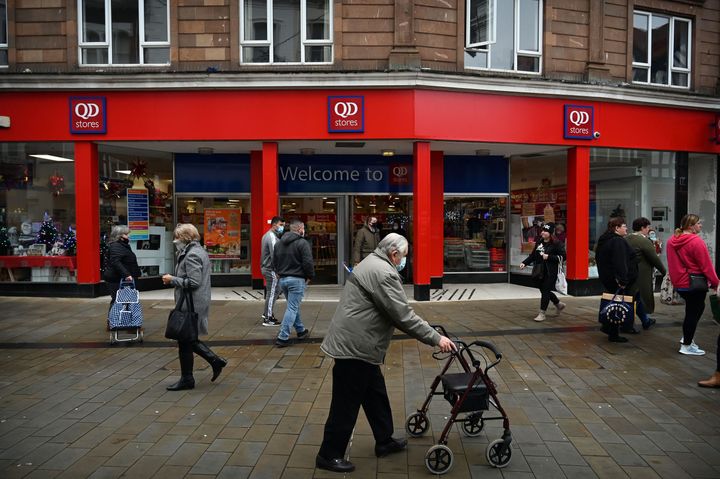As Christmas approaches and the weather turns ever bleaker, Boris Johnson will on Monday outline the coronavirus restrictions that look set to govern lives in England during the winter months.
The PM is expected to announce a strengthened three-tier system of local restrictions to replace the current national lockdown that ends on December 2.
This is everything we know about that new tier system, starting with that most pressing of topics...
What are we allowed to do at Christmas?
Multiple households – potentially three – could be allowed to create a bubble temporarily between December 22 and 28, with the plans covering all four nations of the UK.
Restrictions on church services are also due to be lifted, allowing Christmas Day services to be held.
But while plans have not yet been set out, ministers have made clear that the festive season will be different from normal.
Leaders from all four UK nations have “endorsed a shared objective of facilitating some limited additional household bubbling for a small number of days”, the Cabinet Office said over the weekend, in words that would have been totally incomprehensible to anyone 12 months ago.
What will change when lockdown ends on December 2?
Boris Johnson will on Monday announce the details of the “Covid winter plan” which will see every area of England re-enter the tiered system in place before the current lockdown was imposed.
We do know some of the details already – gyms and non-essential shops will be allowed to reopen and mass testing, currently being piloted in Liverpool, is set to be introduced in all areas.
The full rules of each tier will be announced on Monday but where they will apply will not be revealed until Thursday.
MPs are expected to be given a vote to approve the new system in the days before it comes into force.
What was the original three-tier system?
Johnson announced the original three-tier strategy in October, which split different areas of England into “medium”, “high” and “very high” alert levels.
Areas in the first tier – medium alert – saw little change, being subject to the same base-level national measures that had already been in force. That meant a 10pm curfew for pubs and restaurants and a ban on most gatherings of more than six people.
Under the second tier – high alert – household mixing was banned indoors while the rule of six continued to apply outdoors.
Tier 3 – very high alert – banned social mixing both indoors and in private gardens, while pubs and bars were told to close unless they could operate as a restaurant.
Local leaders were to help determine whether other venues should be closed, such as gyms or casinos, in very high alert level areas. Initially, in Liverpool, gyms shut, while other areas under tier 3 kept them open. Eventually, gyms in Liverpool reopened.
But the system faced criticism as not being strong enough to reduce the spread of the virus.

Could easing restrictions backfire?
Possibly. Earlier this month Public Health England (PHE) said an extra five days of strict lockdown measures would have to be imposed for every single day the rules are relaxed over Christmas.
PHE deputy director Dr Susan Hopkins has said “hopefully” the PM would allow “some mixing” of people over the Christmas holidays, but added: “Then, I think, once we have got past the Christmas period if there has been a release and some socialisation we will all have to be very responsible and reduce those contacts again.” If as reported there are seven days of relaxed restrictions between December 22 and 28, that could mean 35 extra days of lockdown.
Why was the tier system criticised?
Labour leader Sir Keir Starmer said the toughest tier of restrictions was simply “a gateway to weeks and weeks, more likely months and months, of agony from which there’s no likely exit”.
Local leaders similarly complained that once an area was placed in Tier 3 it was not clear what it had to do to get out of it.
The British Medical Association (BMA) also said that the system was “inadequate” and did not contain the spread of the virus.

Did the tier system work?
There has been some indication that the system helped in parts of the country.
Dr Susan Hopkins, a Public Health England director advising the government’s coronavirus response, said recently that ter 1 restrictions had “very little effect”, tier 2 varied across areas and tier 3, especially “tier 3 plus”, had reduced case numbers in the north-west.
She said the government may have to think about “strengthening” tiers “in order to get us through the winter months”.
Experts on the Scientific Pandemic Influenza Group on Modelling (SPI-M), which advises the government, believe infections will rise at the same rate as before if the three-tier system is brought back in December. That rise culminated, of course, in the introduction of a second national lockdown.

How long will the new system last for?
The government is optimistic that restrictions can be gradually reduced in the run-up to spring, providing vaccines are approved by regulators, allowing a plan for the rollout to begin next month before a wider programme in the new year.
But with no vaccines having been approved it is still not clear exactly when the rollout will be able to begin.

